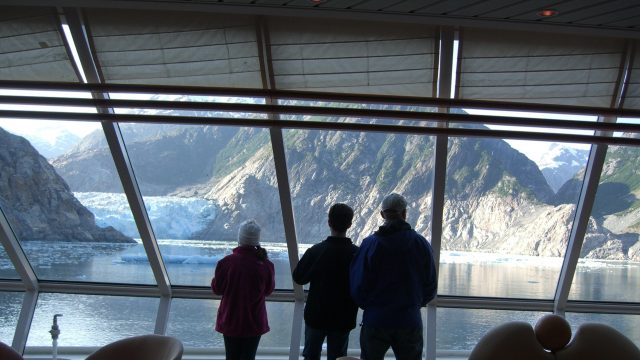
Top 7 Unique Experiences with Insight Vacations
Published on December 2, 2021
Top 7 Unique Experiences with Insight Vacations By Chelsea Todaro Taking a journey with Insight Vacations means you will be immersed into the local culture with plenty of unique experiences that are unavailable to the average traveler. These range from special access to iconic sites, exploring cultural pastimes alongside a Local Expert and dining at […]
Keep reading
Ten Countries for Crafts with a Cause
Published on October 27, 2021
Ten Countries for Crafts with a Cause By Overseas Adventure Travel In survey after survey, up to 76% of consumers say that they’d rather spend their money on experiences than things. They further cite “meaning,” “inspiration,” “fun,” and “learning” as outcomes they seek. Travelers can count on all of the above on one of Overseas […]
Keep reading
How Traveling with My Family Shaped My Life
Published on September 22, 2021
How Traveling with My Family Shaped My Life Written by Rachel Jordan of Club Adventures by AAA Exclusive Vacations When I reflect on my favorite childhood memories, I don’t think of cookouts or birthday parties; rather, I distinctly remember scenes like this one – chilly breeze, side-by-side with my mom, dark asphalt passing under me […]
Keep reading
Top 5 Extraordinary Culinary Experiences with Luxury Gold
Published on August 27, 2021
Top 5 Extraordinary Culinary Experiences with Luxury Gold By Chelsea Todaro of Luxury Gold If you’re traveling with Luxury Gold, expect unforgettable delicious high-end dining. You may find yourself indulging in Michelin-star fare one evening and then diving into the street food scene the following day on a foodie tour. From private cooking classes with […]
Keep readingExploring Irish Heritage
Published on August 16, 2021
Exploring Irish Heritage By Noreen Bowden of CIE Tours A trip to Ireland can be an emotional homecoming for Irish-Americans, as they return to the land of their ancestors. Check out three museums and an online resource that can help unlock visitors’ family history and heritage. Ireland’s tragic history and long legacy of emigration hold […]
Keep readingLiving the Outdoor Life in Finland
Published on August 5, 2021
Living the Outdoor Life in Finland By Mila Kickert, Product Manager Northern/Central Europe, Avanti Destinations Nature is practically the national religion of Finland. If you don’t know this sparsely populated, little-touristed Nordic country that sits between Sweden and Russia, you owe it to yourself to get familiar with it, especially if you love nature. There is […]
Keep readingExploring Iceland’s Golden Circle
Published on July 27, 2021
Exploring Iceland’s Golden Circle By YMT Vacations Iceland’s Golden Circle is one of the world’s most impressive day trips. The route from Reyjkavic to Iceland’s three biggest attractions highlights the dramatic natural beauty of the rugged island nation, connecting geysers, waterfalls, and the collision point of two vast continents. With countless sightseeing opportunities and dining […]
Keep readingWhat’s New in Culinary?
Published on July 12, 2021
What’s New in Culinary? By Chef Bernhard F. Zorn, Culinary Director for Uniworld Boutique River Cruises Over the last year, cooking at home has become more popular than ever before. Online recipe sharing and food deliveries have taken off since the start of the pandemic began. As a chef myself, not much has changed, though I […]
Keep readingBest Wildlife Experiences with African Travel, Inc. That Go Beyond Your Big Five Bucket List
Published on June 23, 2021
Best Wildlife Experiences with African Travel, Inc. That Go Beyond Your Big Five Bucket List By Chelsea Todaro of African Travel Wildlife in Africa is so vast and plentiful, it’s sometimes hard to choose where you can find the best animal encounters. Whether it’s the big five, exotic birds, desert roamers, or aquatic life you’re searching for, an African safari will […]
Keep readingA Guide to 7 of Colorado’s Top National Parks and Monuments
Published on May 27, 2021
A Guide to 7 of Colorado’s Top National Parks and Monuments By Katie of Trafalgar Colorado’s national parks and monuments are home to the state’s greatest treasures. You’ll find everything here from dinosaur bones and ancient ruins, to stunning scenery ranging from snowy mountains and river gorges, to rocky canyons and golden sand dunes. Whether […]
Keep reading
